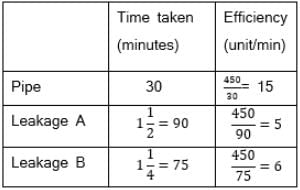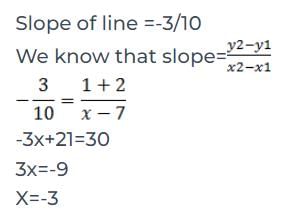Practice Test: Science Pedagogy - 3 - CTET & State TET MCQ
30 Questions MCQ Test - Practice Test: Science Pedagogy - 3
Directions: Answer the following questions by selecting the most appropriate option.
Dales’ Cone of Experience is
Direction: Answer the following question by selecting the most appropriate option.
Priya takes her students to show them a documentary film on Sunita Williams , She is using following teaching aid-
Directions: Answer the following questions by selecting the most appropriate option.
What is the delimitation of lecture method in teaching of science?
Direction: Answer the following questions by selecting the correct/most appropriate options.
n teaching of science, a good teaching and learning process can be said when__
Direction: Answer the following question by selecting the most appropriate option.
Which of the following is among the principles proposed by the NCF, 2005 for the development of curriculum?
Which among the following numbers is exactly divisible by 11, 13 and 7?
Direction: Answer the following questions by selecting the correct/most appropriate options.
A teacher before beginning to teach ‘digestion’ to class VI students provides them with the outline diagram of a human body and asks them to draw all parts, through which they think the food would travel from mouth when they eat.
What could be the teacher’s purpose of asking this question?
Which of the following is a part of study of human sciences?
Direction: Answer the following question by selecting the most appropriate option.
In teaching of science, which should be kept in mind from the following?
A pipe can fill a tank in 30 minutes. Due to two leakages A and B, the filled tank would be drained off in  respectively. How long will it take to fill the tank if the pipe, A and B are left open?
respectively. How long will it take to fill the tank if the pipe, A and B are left open?
Select the most appropriate option to fill in blank No. 1.
Direction: Answer the following question by selecting the most appropriate option.
Why should debate be compulsory in teaching of science?
Direction: Answer the following question by selecting the correct / most appropriate options.
Students of Class VII are testing starch in food. While testing, students do mistakes in observations. The most appropriate response of the teacher will be :
A) not to give another chance to students.
B) to punish students and warn them.
C) to accept their mistakes errors.
D) to appreciate their attempt.
Direction: Answer the following question by selecting the most appropriate option.
One of the main limitations of the Project method of teaching Science is
Directions: Answer the following questions by selecting the most appropriate option.
A Science teacher should provide an opportunity for cooperative learning (Peer learning) as it __
Direction: Answer the following question by selecting the correct / most appropriate options.
Students of Class VII are testing starch in food. While testing, students do mistakes in observations. The most appropriate response of the teacher will be :
A) not to give another chance to students.
B) to punish students and warn them.
C) to accept their mistakes errors.
D) to appreciate their attempt.
Directions: Answer the following questions by selecting the most appropriate option.
A science teacher must __
The slope of the line passing through the points (7,-2)and (x,1).is -3/10. Find x.

















